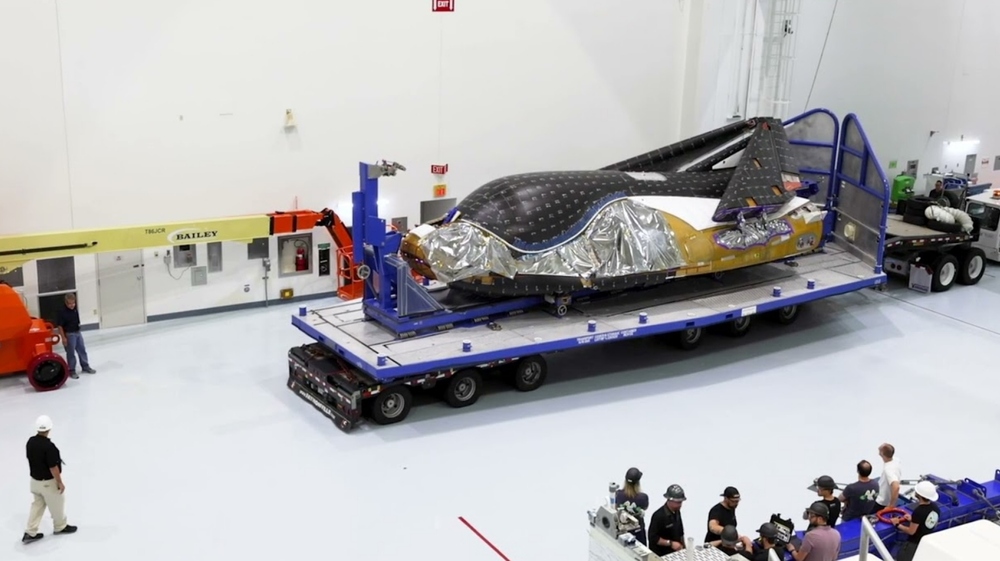Dream Chaser Spaceplane Completes Critical Testing, Prepares for ISS Missions
Sierra Space’s Dream Chaser space plane, named “Tenacity,” has successfully completed a rigorous environmental test suite at NASA’s Neil Armstrong Test Facility in Sandusky, Ohio. This milestone brings the spacecraft closer to its inaugural launch to the International Space Station (ISS) later this year.
Environmental Testing Campaign
The Dream Chaser spaceplane and its Shooting Star cargo companion underwent intense shock, vibration, and thermal vacuum testing at the Armstrong Test Facility. In December, shock tests were conducted with launch partner United Launch Alliance (ULA), using the flight separation system that will deploy the spacecraft from the upper stage of ULA’s Vulcan Centaur rocket.
Vibration Testing
The vehicles were stacked in launch configuration on the world’s most powerful spacecraft shaker table inside the test center’s Mechanical Vibration Facility. Sine vibration testing, conducted over five weeks, simulated the intense conditions of a launch on a Vulcan Centaur rocket. Following this, another shock test was performed to simulate the dynamic environment during the separation of Dream Chaser and Shooting Star before de-orbit and re-entry.
Similar Posts
Thermal Vacuum Testing
The spacecraft was then moved to the In-Space Propulsion Facility for thermal vacuum (T-VAC) testing. For over five weeks, Dream Chaser and Shooting Star were subjected to multiple cold-hot cycles in a vacuum environment, ranging from -150°F to +250°F. Functional tests were conducted at temperature plateaus to verify system performance.
Next Steps
Dream Chaser and Shooting Star will soon be transported to NASA’s Kennedy Space Center and staged inside the Space Systems Processing Facility (SSPF) for final integration and testing. The remaining work includes acoustic testing, electromagnetic interference, compatibility testing, and completion of the thermal protection system.
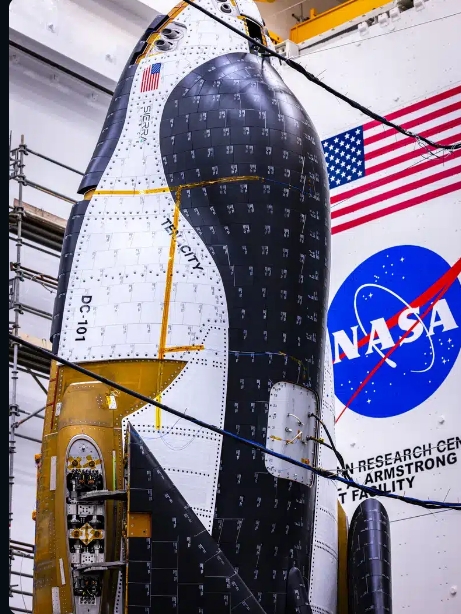
Commercial Resupply Services
Dream Chaser Tenacity is scheduled for a 2024 launch on the first of seven missions to resupply the ISS under NASA’s Commercial Resupply Services-2 (CRS-2) contract. The spacecraft is designed to carry up to 11,500 pounds (5,215 kg) of cargo to the ISS and return 3,500 pounds (1,590 kg) to Earth. The Shooting Star module can dispose of up to 8,700 pounds (3,950 kg) of waste during atmospheric reentry.
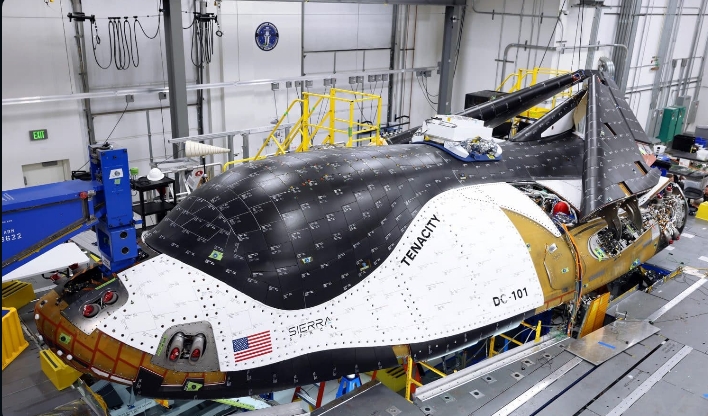
Reusability and Environmental Considerations
Dream Chaser is designed for up to 15 missions, with the potential to exceed this number. The spacecraft uses hydrogen peroxide and refined kerosene as fuel, which Sierra Space CEO Tom Vice describes as less hazardous than traditional rocket fuels. This design choice allows for potential future landings at commercial runways worldwide.
Sierra Space is currently in discussions with Japan about launching and landing Dream Chasers in that country, with plans to explore opportunities in other regions as well.
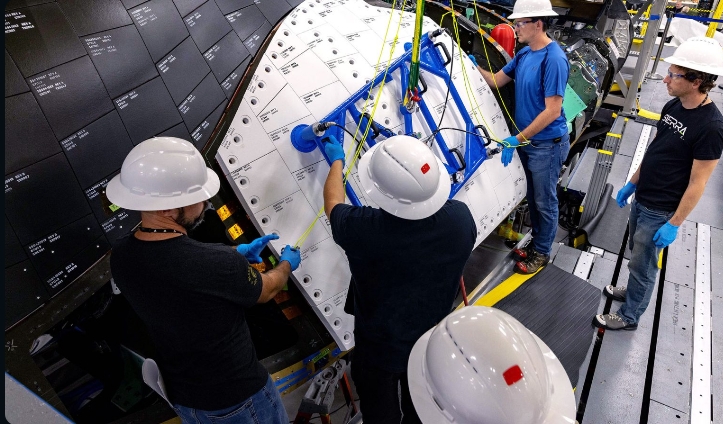
Expert Perspectives
Tom Vice, Sierra Space CEO, stated, “Successful completion of an incredibly rigorous environmental testing campaign in close partnership with NASA is a significant milestone and puts Dream Chaser on track for operations later this year.”
“Here, we have some of the world’s largest and most capable simulation and test facilities to test the harsh conditions that spacecraft will experience during launch and in flight,” said Dr. Jimmy Kenyon.
Phil Dempsey, transportation integration manager for NASA’s International Space Station Program, emphasized the broader impact of space research: “The learning that we have as an industry and as mankind because of space travel and the difficulty of space travel contributes to what we can do as an overall group of people here on the Earth as we look to do things off the Earth, or enhance work on the Earth or research that benefits us.”
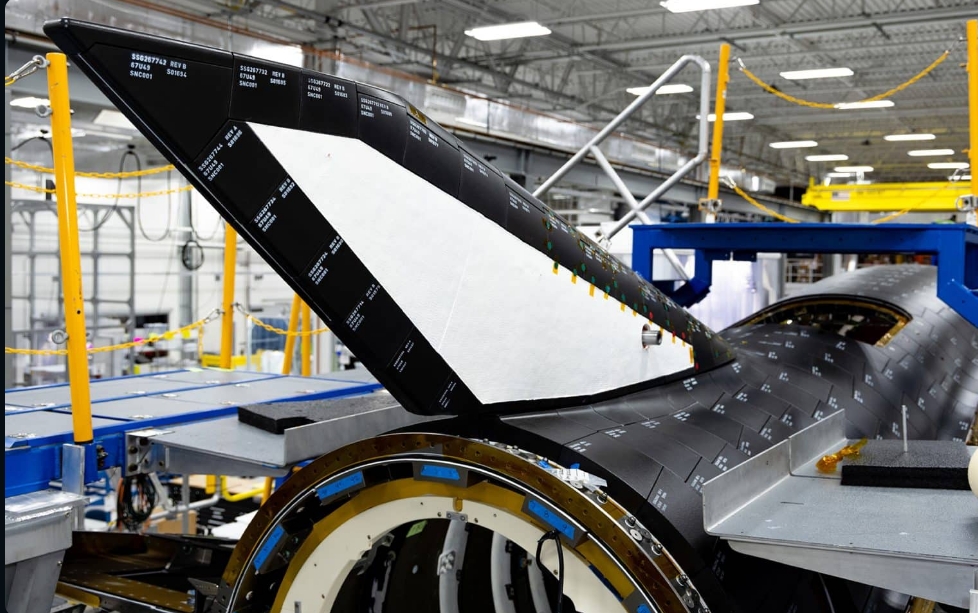
Historical Context
Dream Chaser’s development marks a return to the spaceplane concept, which has not been utilized for ISS missions since the retirement of NASA’s Space Shuttle program in 2011. The vehicle’s design draws inspiration from NASA’s HL-20 Personnel Launch System concept from the 1980s, adapted for modern space transportation needs.
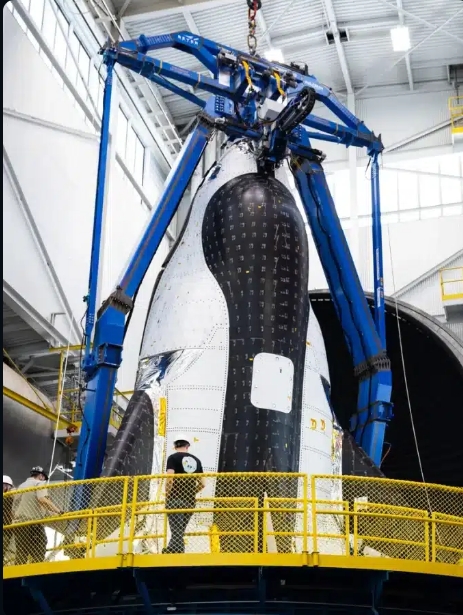
Challenges and Competition
Sierra Space faced several years of development delays in bringing Dream Chaser to this stage. The company is competing with established players like SpaceX and Northrop Grumman in the commercial cargo resupply market. The success of Dream Chaser could diversify options for NASA and potentially lead to new applications in commercial space transportation.
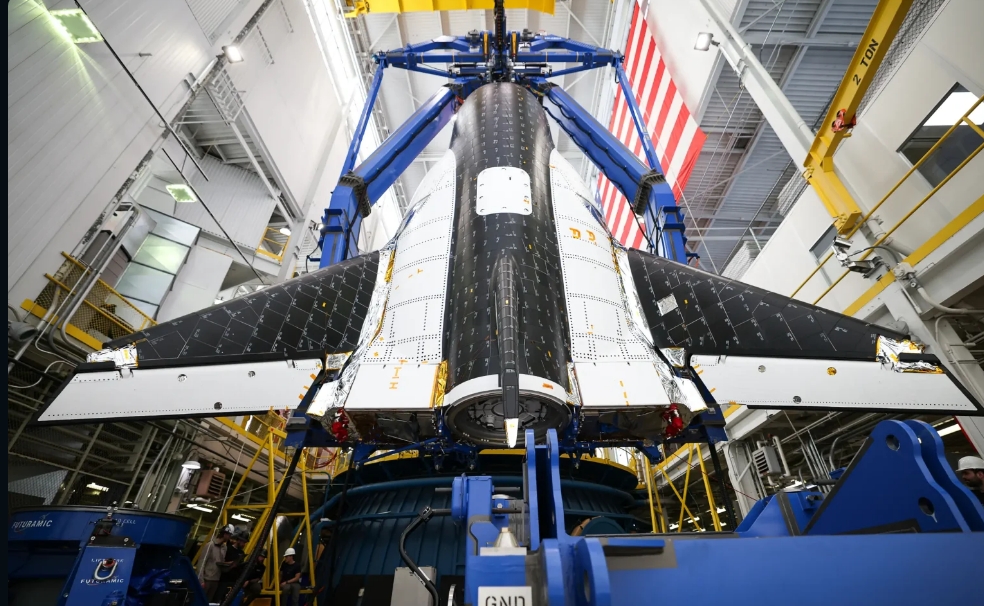
Future Implications
The successful deployment of Dream Chaser could have far-reaching effects on the commercial space industry. Its ability to land on standard runways may open up new possibilities for rapid return of time-sensitive experiments and materials from space. Additionally, the reusable nature of the spaceplane aligns with growing industry trends toward sustainable space operations.
As Dream Chaser prepares for its first mission, it represents a new chapter in space transportation, combining elements of traditional spacecraft and aircraft. The success of this program could influence future designs for both cargo and crewed spacecraft, potentially shaping the next generation of space exploration vehicles.
